The Crisis of Addiction – Childhood Trauma and a Corrupt Culture
The following is a transcript of the video found at the end.
“What is addiction, really? It is a sign, a signal, a symptom of distress. It is a language that tells us about a plight that must be understood.”
Alice Miller, Breaking Down the Wall of Silence
In the Buddhist’s conception of the universe, the wheel of life revolves through 6 realms, each representing a different approach to existing in the world. One of these, the realm of the hungry ghosts, is inhabited by “creatures with scrawny necks, small mouths, emaciated limbs, and large, bloated, empty bellies.” (Gabor Mate, In the Realm of Hungry Ghosts) This is the realm where the addicts of the world reside. For no matter how much the addict consumes, ingests, or possesses, they always want more – even as they experience a decline in health and a ruining of their relationships and finances.
“I lose myself when caught in one of my addictive spirals. Gradually I feel an ebbing of moral strength and experience myself as hollow. Emptiness stares out from behind my eyes.”
In this video, drawing from Gabor Mate’s book In the Realm of Hungry Ghosts, we will investigate the nature and roots of addiction.
“Addictions can never truly replace the life needs they temporarily displace”, writes Mate. “The false needs they serve, no matter how often they are gratified, cannot leave us fulfilled. The brain can never, as it were, feel that it has had enough, that it can relax and get on with other essential business. It’s as if after a full meal you were left starving and had to immediately turn your efforts to procuring food again.”
Mate defines an addiction as “any repeated behavior, substance-related or not, in which a person feels compelled to persist, regardless of its negative impact on his life and the lives of others.” (Gabor Maté, In the Realm of Hungry Ghosts)
When thinking of addictions, it is typical to focus on substance addictions. However, behavioral addictions are also common and can be just as destructive to the individual’s life. Compulsive social media, pornography, or video game use; gambling, sex, shopping, or even activities such as exercise or work, can potentially turn into addictions, and so as Mate further clarifies:
“Any passion can become an addiction; but then how to distinguish between the two? The central question is: who’s in charge, the individual or their behavior? It’s possible to rule a passion, but an obsessive passion that a person is unable to rule is an addiction…If in doubt, ask yourself one simple question: given the harm you’re doing to yourself and others, are you willing to stop? If not, you’re addicted. And if you’re unable to renounce the behavior or to keep your pledge when you do, you’re addicted.”
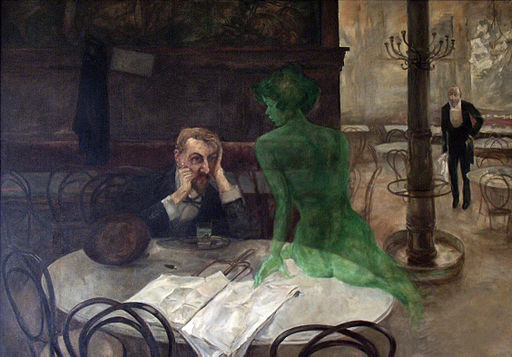
There has long been a debate as to what produces an addiction. Is it the person or the thing? While some have explained addiction as a problem that resides in people, a more accurate explanation is that addiction is the result of an interaction between subject and object. An addiction arises when an individual regularly craves a change in their subjective, or felt, state of being, and becomes dependent on an object or activity to produce the desired experiential change. In her book Addiction by Design, Natasha Dull Schultz explains:
“Just as certain individuals are more vulnerable to addiction than others, it is also the case that some objects, by virtue of their pharmacological or structural characteristics, are more likely than others to trigger or accelerate an addiction. Their distinctive potency lies in the capacity to engender the sort of compelling subjective shift on which some individuals come to depend.”
Natasha Dull Schultz, Addiction by Design
But given that we are, and always will be, surrounded by objects and activities that have an addictive potential, in this video we are going to explore the personal side of the addictive equation and investigate what it is that makes some individuals more susceptible to addictions than others.
Gabor Mate spent his career working with hard drug addicts in Vancouver’s downtown eastside, and as he argues, every addiction, severe or mild, substance-related or behavioral, is an attempt to find relief from distress and emotional pain.
“Addictions always originate in pain, whether felt openly or hidden in the unconscious…Far more than a quest for pleasure, chronic substance use is the addict’s attempt to escape distress.”
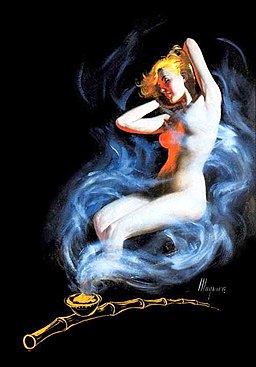
The forms of pain that lead an individual into an addiction are numerous and varied. Some become addicts as a way to self-medicate depression, insecurities or anxiety disorders; others to cope with highly stressful jobs or relationships; still others to ward off the pain of aimlessness or despair over the meaninglessness of their lives. Gabor Mate asked a 57 year old who had been addicted to drugs since he was a teen, why he continued to use:
“I don’t know, I’m just trying to fill a void,” he replied. “Emptiness in my life. Boredom. Lack of direction.”
In many cases, the emotional pain one seeks to escape from through an addiction has roots in the past – specifically, in childhood. Studies have shown that the majority of hard drug addicts grew up in abusive households.
“All parental difficulties reflect themselves without fail in the psyche of the child, sometimes with pathological results.”
Carl Jung, The Development of Personality
Parental influence on the child’s development and susceptibility to addictions later in life cannot be overstated. For just as the child in the uterus is embedded in, and completely dependent on, the mother’s body, so too in the first years of life, when the brain is most malleable, a child is emotionally and psychologically fused with the parents. A dysfunctional childhood spent bearing the brunt of parental anger and abuse imprints the deep pain of trauma on the child’s mind and disrupts brain development in ways that increase the likelihood of addiction. Mate explains:
“It’s just as many substance addicts say: they self-medicate to soothe their emotional pain—but more than that, their brain development was sabotaged by their traumatic experiences. The systems subverted by addiction—the dopamine and opioid circuits, the limbic or emotional brain, the stress apparatus and the impulse-control areas of the cortex—just cannot develop normally in such circumstances.”
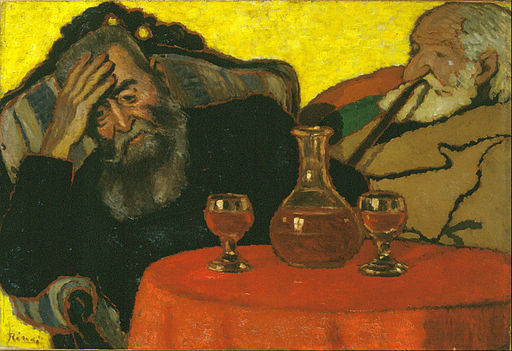
But it is not just childhood trauma which makes one more susceptible to addiction. Children who grew up with emotionally cold or distant caregivers are also much more likely to turn to addictions in adulthood. The psychologist Allan Schore called this situation of parental emotional absence “proximal separation”; the parent is proximate, he or she is physically present and satiates all the child’s physical needs. Yet due to stress, depression, or other internal demons, the parent does not nurture the child psychologically or emotionally, and as Mate explains further:
“A child can also feel emotional distress when the parent is physically present but emotionally unavailable…in normal circumstances a child who senses emotional separation will seek to reconnect with the parent…Should the parent not respond, or not respond adequately…the child will be left to his own inadequate coping mechanisms—for example, rocking or thumb-sucking as ways of self-soothing or tuning out to escape distress. Children who have not received the attentive presence of the parent are…at greater risk for seeking chemical satisfaction from external sources later in life.”
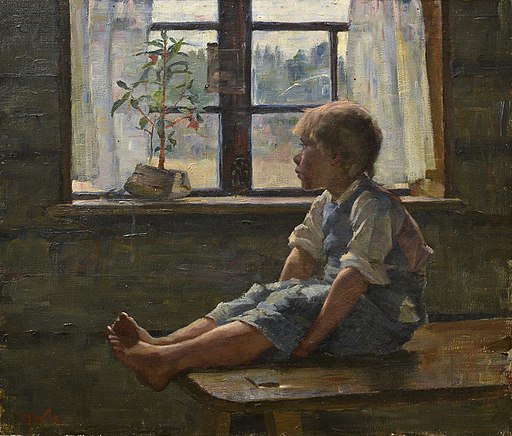
But in the modern day, even individuals who were blessed with a nourishing childhood are not fully immune to addiction. For just like during the fall of Rome when the people, en masse, turned to pleasure-seeking to alleviate the anguish brought on by witnessing a dying culture, so too in our day many turn to addictions as a way of self-medicating the despair stimulated by a bleak view of the future of society. Add on the fact that to conform in the modern world is to adopt consumerism as a way of life and to compulsively use technology, social media, and entertainment as a means of escaping feelings of powerlessness and emptiness, and what you have is the perfect social storm that has created a crisis of addiction.
“A sense of deficient emptiness pervades our entire culture. The drug addict is more painfully conscious of this void than most people…Many of us resemble the drug addict in our ineffectual efforts to fill in the spiritual black hole, the void at the center, where we have lost touch with our souls, our spirit—with those sources of meaning and value that are not contingent or fleeting. Our consumerist, acquisition-, action-, and image-mad culture only serves to deepen the hole, leaving us emptier than before.”
Given the number of people who grow up in abusive or emotionally absent households, coupled with the corrupt state of society, it should come as no surprise that many people turn to drugs, alcohol, and behavioral addictions as a way to cope with life. This turning is not totally irrational, nor ineffective. For addictions do work; at least temporarily; they are highly effective at easing distress and emotional pain. Mate notes of a hard drug addict who reported that: “The reason I do drugs is so I don’t feel the…feelings I feel when I don’t do drugs.” Or as Vincent Felitti explained:
“Dismissing addictions as “bad habits” or “self-destructive behavior” comfortably hides their functionality in the life of the addict.”
Vincent Felitti
Addictions are not only effective in providing relief from distress and emotional pain, as indulgence can also temporarily lift one out of the monotony or misery of everyday life and into experiences laden with excitement, meaning, and bliss. Thomas de Quincey, a 19th century English writer and self-professed opium addict explained that:
“The subtle powers lodged in this mighty drug, tranquilize all irritations of the nervous system … sustain through twenty-four hours the else drooping animal energies.…all-conquering opium… Thou only givest these gifts to man; and thou hast the keys of Paradise.”
Thomas de Quincey, Confessions of an English Opium-Eater
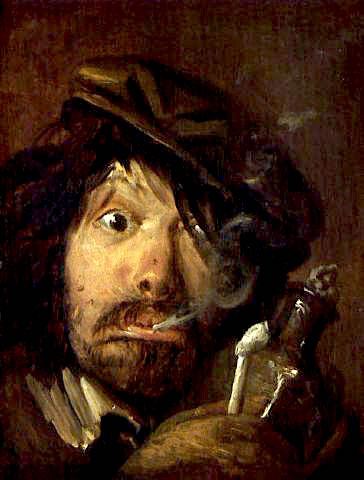
The early 20th century psychologist William James elaborates on the powers of alcohol to not only take the “edge off”, but also to induce a state which simulates a spiritual experience – at least until the alcohol poisoning catches up with the mind and body, or as he writes:
“The sway of alcohol over mankind is unquestionably due to its power to stimulate the mystical faculties of human nature… Sobriety diminishes, discriminates, and says no; drunkenness expands, unites, and says yes. It is in fact the great exciter of the Yes function in man…it is part of the deeper mystery and tragedy of life that whiffs and gleams of something that we immediately recognize as excellent should be vouchsafed to so many of us only in the fleeting earlier phases of what in its totality is so degrading a poisoning.”
William James, The Varieties of Religious Experience
While addictions can work in the short-term, in becoming dependent on shortcuts to emotional relief and bliss a price is paid over time. The longer we persist in an addiction, the more our tolerance grows and the more we become dependent on the substance or activity in order to feel any positive emotions at all. Slowly, but surely, the addiction becomes the focal point of our life, and everything else which could provide lasting fulfillment – our health, relationships, creativity, a career, a life purpose – fades into the periphery.
What is more, addiction changes the structure of the brain in ways that undermine our capacity for voluntary control. When caught in the grip of an addiction we often find ourselves in what is called “brain lock” – our actions follow our addictive cravings all the while one part of our mind watches attentively, yet helplessly, knowing full well we are destroying our mind, body, and potential.
“The heart of addiction is dependency, excessive dependency, unhealthy dependency—unhealthy in the sense of unwhole, dependency that disintegrates and destroys.”
Sam Portaro
Given the death-grip of addiction, the vital question arises: what is the possibility of overcoming an addiction? The problem facing any attempt at a renewed, addiction free-life, is that the very apparatus that needs to heal, the brain, is the thing which, in an addiction, is damaged. And as Mate cautions:
“The worse the addiction is, the greater the brain abnormality and the greater the biological obstacles to opting for health.”
Luckily, our brains are remarkably resilient. Even well into old age it is possible for the brain to rewire itself in ways that allow one to live, perhaps for the first time, a fulfilling, healthy, and addiction-free life. And in subsequent videos, we are going to dive further into the nature of addiction and explore some insights into how we can facilitate renewal and remove ourselves, once and for all, from the realm of the hungry ghosts.
“Not every story has a happy ending…but the discoveries of science, the teachings of the heart, and the revelations of the soul all assure us that no human being is ever beyond redemption. The possibility of renewal exists so long as life exists. How to support that possibility in others and in ourselves is the ultimate question.”
About us:
Academy of Ideas is the creation of two brothers from Canada. All of the content is produced by us. We are not supported by or affiliated with any organization or university. Our goal is to to spread the message of individual liberty and empowerment to the world.
Become a Supporting Member and gain access to our growing library of Membership videos (currently 40+ videos)! Learn more by following the link below:
© 2021 Academy of Ideas
– Come Like Us on Facebook – Check us out on Instagram –
– Sign Up for our Newsletter –


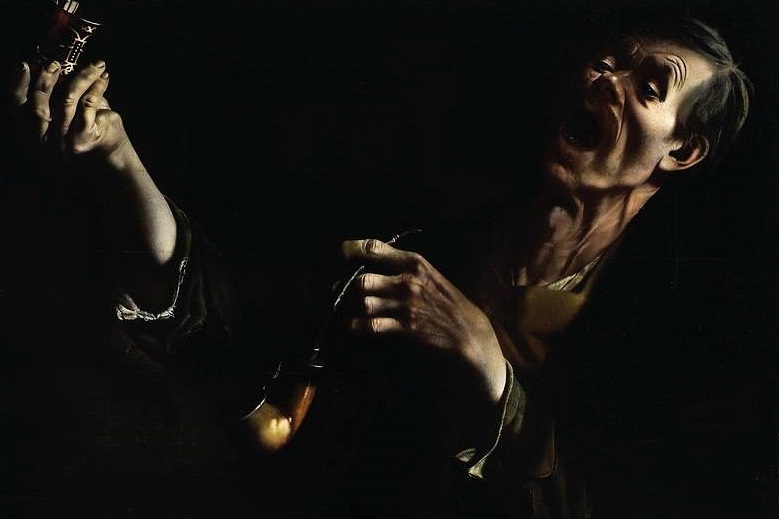
 academyofideas.com
academyofideas.com









